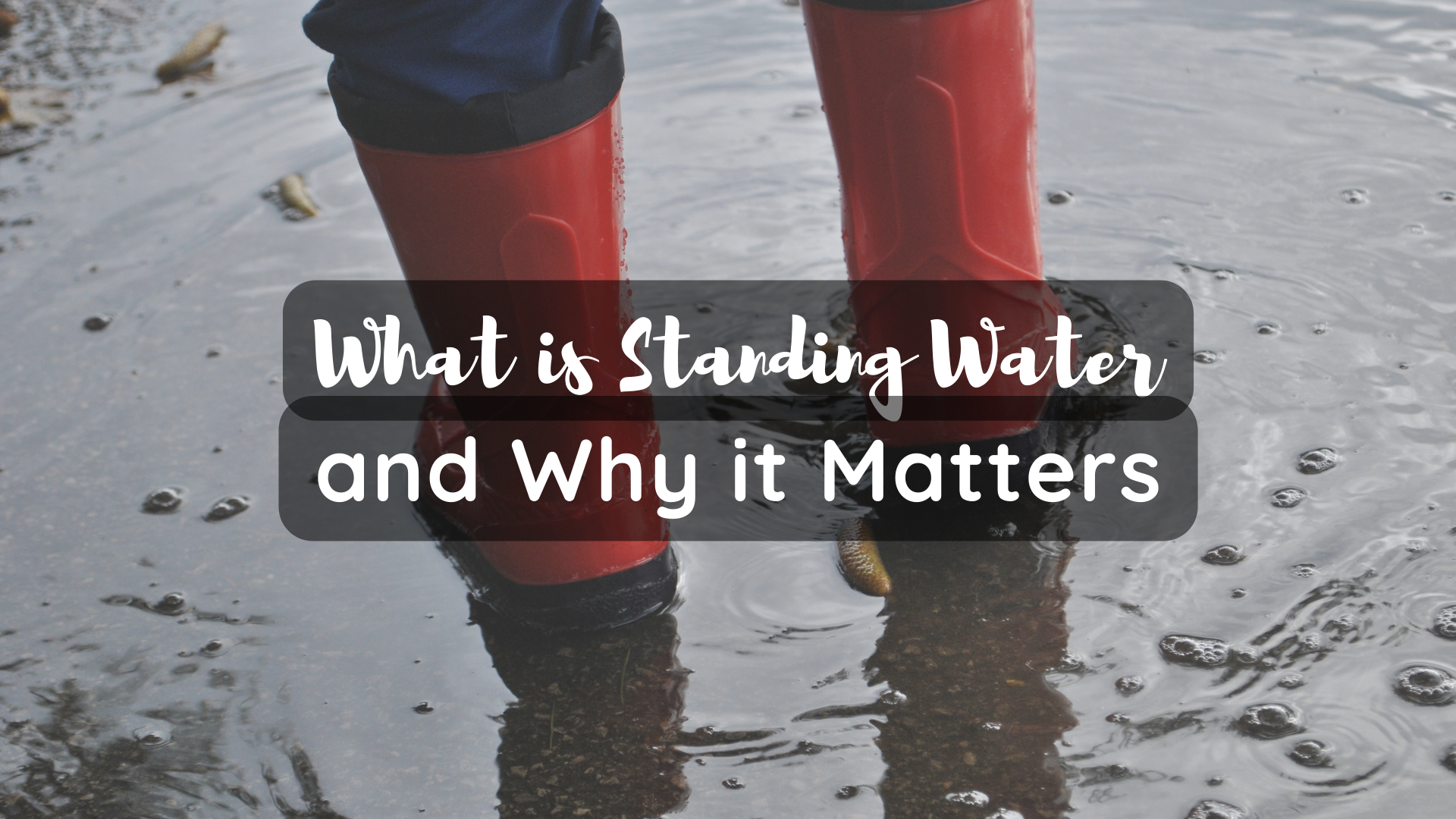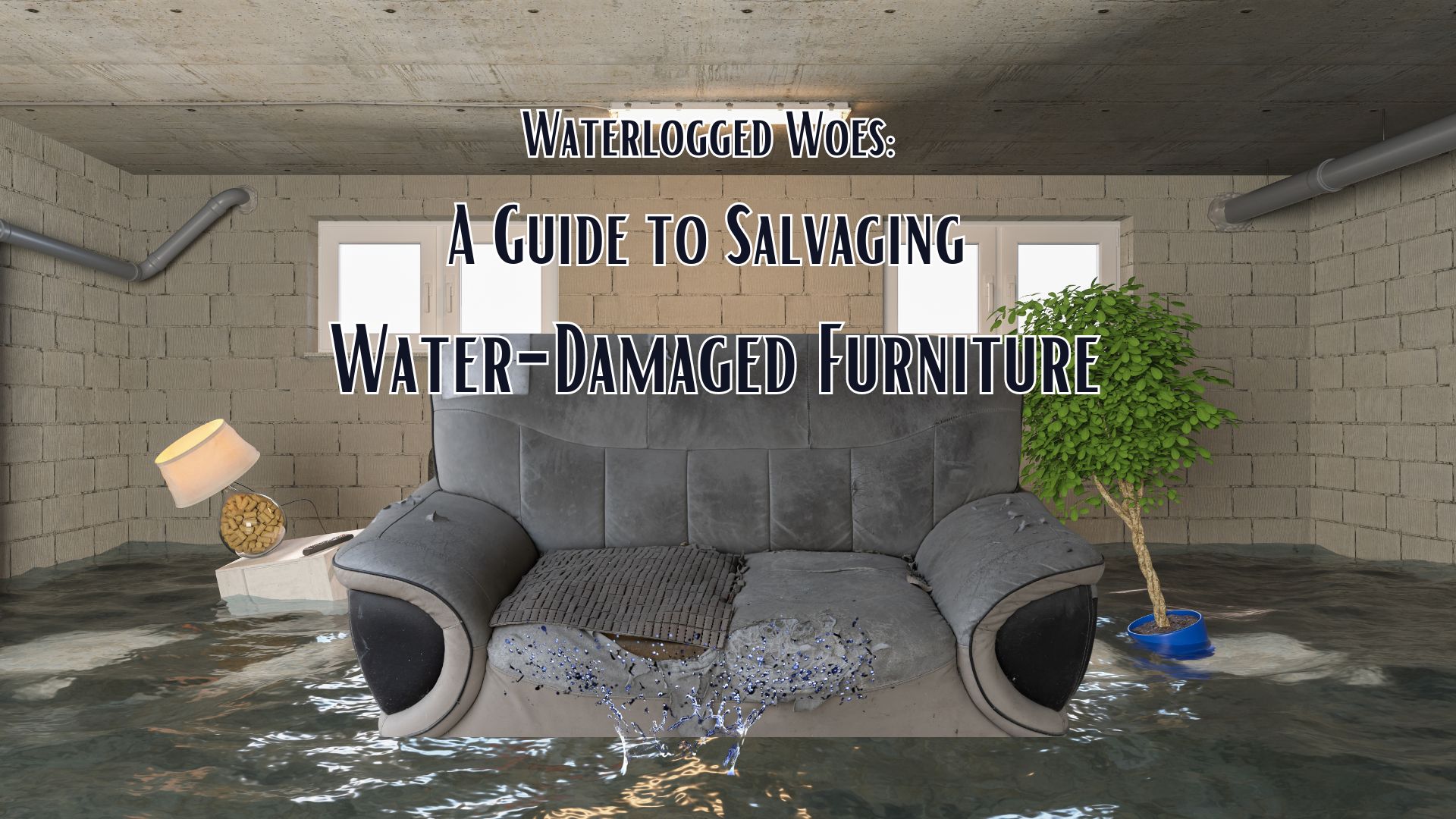
Standing water is a term that may seem straightforward, but its implications go far beyond the mere presence of stagnant liquid. In this comprehensive exploration, we delve into the intricacies of standing water, unraveling its various forms, causes, and the potential consequences it can bring to both the environment and human health. From puddles after a rain shower to larger bodies like ponds and lakes, standing water is a ubiquitous element in our surroundings, and its understanding is crucial for maintaining a balanced ecosystem.
I. What is Standing Water?
Standing water is essentially any body of water that does not flow or has minimal movement. Unlike rivers or streams, standing water accumulates in depressions on the ground, forming puddles, ponds, lakes, or even marshes. The lack of flow distinguishes it from running water bodies and sets the stage for unique ecological processes.
II. The Many Faces of Standing Water
A. Puddles and Small Pools
After a rain shower, one of the most common sights is small puddles forming on sidewalks, streets, and other surfaces. These transient bodies of stagnant water may seem inconsequential, but they play a vital role in urban hydrology. They can serve as breeding grounds for various insects and provide temporary habitats for microbial life.
B. Ponds and Lakes
On a larger scale, ponds and lakes are prime examples of stagnant water bodies. Ranging from small, serene ponds in local parks to vast lakes that stretch for miles, these bodies of water serve as essential ecosystems. They support diverse flora and fauna, providing habitats for fish, birds, and aquatic plants.
III. Causes of Standing Water
A. Natural Factors
Geological Features: The landscape itself can influence the formation of standing water. Depressions, such as basins and low-lying areas, can collect water, creating ponds and marshes.
Climate: Rainfall patterns and temperature play a crucial role. Areas with higher precipitation are more likely to have stagnant water while freezing temperatures can lead to temporary stagnant water in the form of ice.
B. Human Activities
Urbanization: The development of urban areas often involves altering the natural landscape, leading to changes in water drainage. Impermeable surfaces like concrete and asphalt can contribute to the accumulation of standing water.
Agriculture: The modification of land for agriculture, including the creation of irrigation systems and drainage networks, can influence water accumulation.
IV. Ecological Significance
A. Biodiversity Hotspots
Standing water bodies are often biodiversity hotspots, supporting a wide array of plant and animal species. These environments contribute significantly to regional ecological diversity.
B. Wetland Ecosystems
Wetlands, characterized by stagnant water, are critical ecosystems that provide essential services such as water purification, flood control, and habitat for migratory birds. Understanding the significance of stagnant water in wetlands is vital for their conservation.
V. Challenges Associated with Standing Water
A. Mosquito Breeding Grounds
Stagnant water is a notorious breeding ground for mosquitoes. The presence of standing water in urban areas can contribute to the proliferation of disease vectors, posing health risks to communities.
B. Water Quality Concerns
Stagnant water can accumulate pollutants, affecting its quality. Understanding the potential contaminants and their impact on both aquatic life and human health is crucial for effective water management.
VI. Mitigation and Management
A. Sustainable Urban Planning
In urban settings, incorporating sustainable water management practices can help mitigate the adverse effects of stagnant water. Implementing permeable surfaces, green infrastructure, and proper drainage systems are essential components.
B. Conservation of Natural Wetlands
Preserving natural wetlands is crucial for maintaining biodiversity and ecosystem services. Efforts to protect these areas from urban encroachment and pollution are vital for long-term environmental sustainability.
Conclusion: How Superior Restoration Can Help
In concluding our exploration of standing water and its multifaceted dimensions, it becomes clear that a balanced understanding of this vital element is essential for environmental harmony. As we celebrate the diverse ecosystems supported by stagnant water, we must also acknowledge the challenges it presents, especially in urban settings.
One key aspect of responsible environmental management involves mitigating the adverse effects of stagnant water. In this regard, companies like Superior Restoration play a crucial role in eliminating stagnant water issues. Superior Restoration specializes in comprehensive water damage restoration services, including the removal of standing water from both residential and commercial spaces.
By employing advanced technologies and expertise, Superior Restoration can swiftly and effectively address stagnant water concerns, particularly in instances of floods, leaks, or other water-related emergencies. Their trained professionals not only remove standing water but also employ thorough drying and dehumidification techniques to prevent long-term damage and the potential for mold growth.
Furthermore, Superior Restoration is committed to sustainable practices. In the aftermath of water-related incidents, they prioritize the use of eco-friendly cleaning agents and materials, contributing to a healthier environment during the restoration process.
In essence, the expertise offered by Superior Restoration aligns with the broader goal of responsible water management. By promptly addressing standing water issues, they not only protect the structural integrity of buildings but also contribute to the overall health of the environment.
As we navigate the complexities of standing water, let us not only appreciate its natural beauty and ecological significance but also recognize the importance of proactive measures in ensuring its coexistence with human settlements. Through the dedicated efforts of organizations like Superior Restoration, we can strike a harmonious balance, preserving the benefits of standing water while mitigating its potential challenges.



